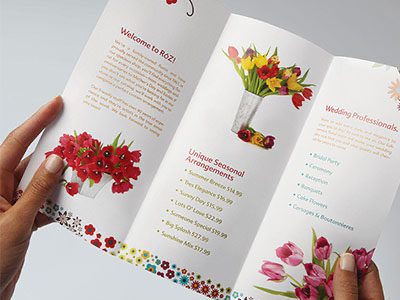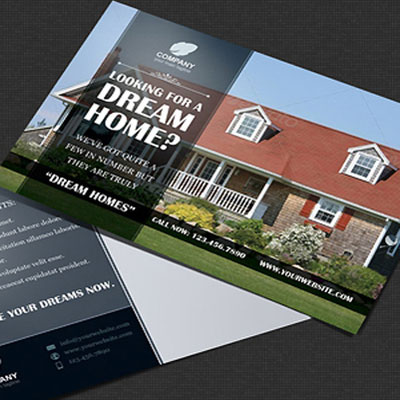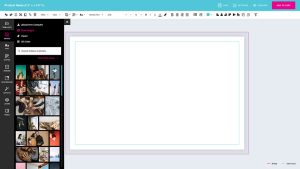Planning and designing a website takes diligent work, especially if you don’t have a background in design. What you may consider the world’s greatest web design could look like a joke to every other non-biased user. You can hire a web designer, but you shouldn’t blindly follow their vision either – you need your own set of principles to evaluate your website’s design.
Managing the design process is critical in creating an effective website that users can intuitively interact and engage with. There’s no clear-cut metric to determine what a good website design truly entails, but there are universal principles that can be found in any well-designed site.
The following web design tips cover usability and content required within a good website design – two key elements in building a positive online experience for visitors.
1. Get Rid of Ambiguity
When a user lands on your homepage, they should know exactly what the purpose of that page is for. There shouldn’t be any ambiguity as to why they were directed to that page in the first place. Web pages should have a goal, and that goal should be clear to the visitor.
This means making your website’s purpose and direction explicit and obvious from the get-go. Navigation should be simple, with users not left wondering where on the web they’ll end up if they click through indistinct links.
To reduce any “unknowns” that a user may have about your page, answer the following questions… Better yet, have somebody who’s never visited your site, answer these questions for you:
- Is Your Website Simple to Navigate? Does the structure of your web page make it clear in how to get from point A to point B? Are links easy to recognize? Is there a clear call-to-action (CTA) that gives a next step to purchase something, contact you, or sign-up for more info?
- Is Your Structure Clear? Are there obvious visual cues that guide the user logically through your page? Do the visual cues relate to the content they’ll be directed to through links and buttons? Web page visitors tend to scan pages in an ‘F’ pattern – is your page aligned in this fashion?
- Is There Thinking Required? Minimal thinking for the user is optimal in good website design – exploring pages should be a clear and focused experience for visitors. Users shouldn’t need to put any thought in what will happen if they click through a link. Limiting irrelevant options and choices in your web design inspiration will keep users focused on the path you’re leading them on.
2. Make Your Features & Benefits Stand Out
If the goal of your website is selling a product or service to potential buyers, it’s vital that you highlight the features and benefits of what you’re selling. The features and benefits must be easy to read and understand, and presented in a way that promotes interaction between the user and web page.
Breaking a service into steps is a common technique in spotlighting the unique aspects of that service. This is often accompanied by visuals or info buttons to provide users with additional information.
Displaying the features and benefits of your business prominently will ensure users are viewing your service in the way you’d like them to, and most importantly, helping them clearly understand how your product or service will benefit them.
Readability
At the end of the day, your website’s content is the soul of your site. Determining the effectiveness of your content is vital; this is what will ultimately persuade visitors to take action and buy your services or products, converting users to customers!
Not only does your content need to be fresh and compelling, but readable as well. What good is Pulitzer Prize-worthy copy if it’s impossible to read?
Two areas that should be considered are comprehension and legibility:
-
Comprehension: The reading level of your content should have your audience in mind. Generally, it shouldn’t be too complex, with unusual vocabulary kept to minimum. Your content is supposed to sell your service, not show off words you’ve learned in a thesaurus.
Paragraphs and sentences should be concise, and copy should be broken into small paragraphs or bullet points; walls of texts are daunting to readers, and will likely be skipped over.
-
Legibility: In addition to spacing copy, consider the fonts you’re using – is the font style pleasing to the eye? Is the font size too small? Too big? Is there good contrast between the text colour and the background of your web page?
Remember to take into account how users will see your content – does your text read legibly on mobile as it does on desktop, and vice versa?
Above all, don’t forget that the text has to be engaging! People are visiting your website because they’re interested in what you have to offer, like a solution to their problem. Your copy must be well-written, concise, and engaging. It should be benefit-focused for your visitor, and action-driven to convert those visitors into leads or customers.
Are you full of web design inspiration now that you know what to look for in a good website design? Our web team can bring your web design vision to life, with proven website lead generation and conversion methods in mind.
Contact a Print Three location near you to get a free website assessment and advice on how we can improve your website user-experience and conversion rate.












